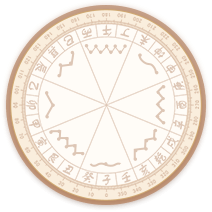八字精批2025运势命中贵人八字合婚
Tit
le: Carbon nanotubes: tiny but mighty Carbon nanotubes (CNTs) are one of the most promising materials in the field of nanotechnology. They are extremely small, with a diameter of just a few nanometers, but their unique properties make them potentially useful in a wide range of applications. One of the most impressive properties of CNTs is their incredible strength. They are about 100 times stronger than steel on a weight-for-weight basis, and their tensile strength is several times greater than that of any other known material. This makes them ideal for use in high-performance materials such as aerospace composites. CNTs are also very good conductors of electricity and heat. This property makes them useful in electronic devices, where they can be used to create highly efficient and compact circuits. They also have potential for use in thermoelectric devices, which convert heat energy into electrical energy. In addition to their useful physical properties, CNTs also have some interesting biological properties. They are biocompatible, meaning they do not cause harmful effects when introduced into the human body. This makes them potentially useful for biomedical applications such as drug delivery and tissue engineering. However, like any new technology, there are still many cha(领略更多 十二生肖的来历资讯请关注 :萝卜生肖星座网,wWw.IluObo.cC]llenges to overcome before we can fully realize the potential of CNTs. One of the biggest challenges is finding scalable methods for their production. Currently, the most common method for producing CNTs is by chemical vapor deposition, a process that is expensive and difficult to scale up. Despite these challenges, the potential uses of CNTs are numerous and exciting. As research continues, we may see these tiny but mighty materials revolutionize a wide range of industries and improve our daily lives in ways we cannot yet imagine.









